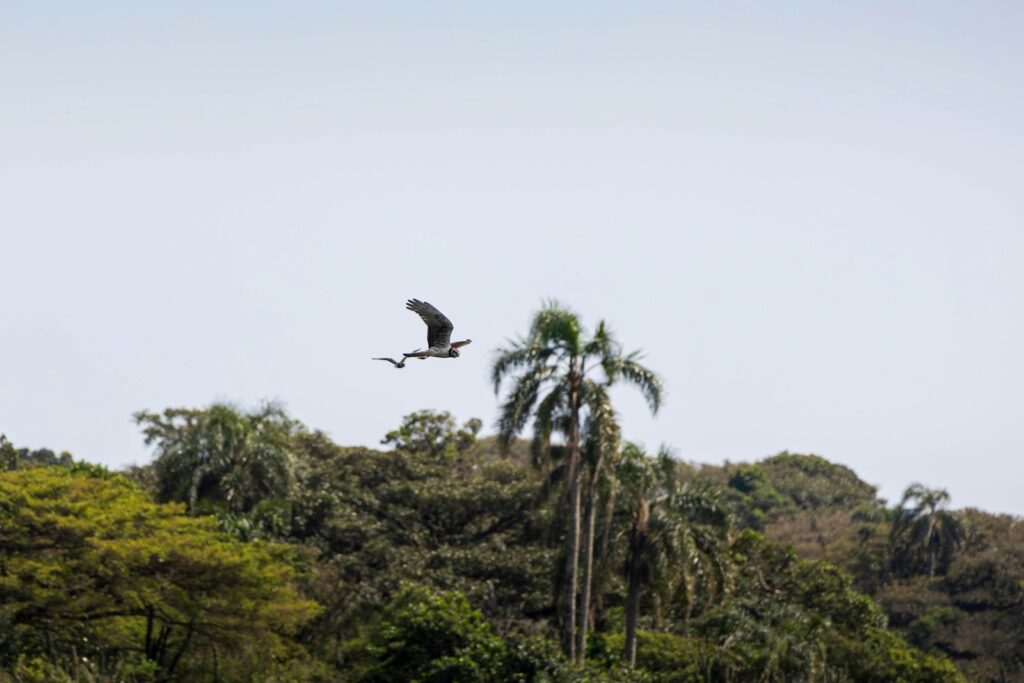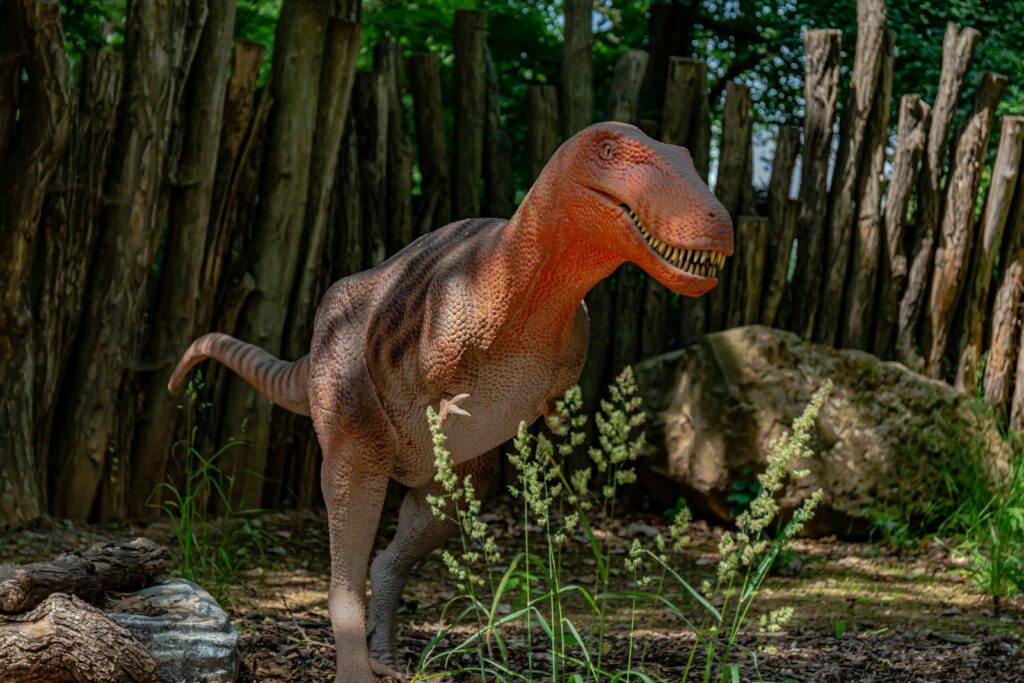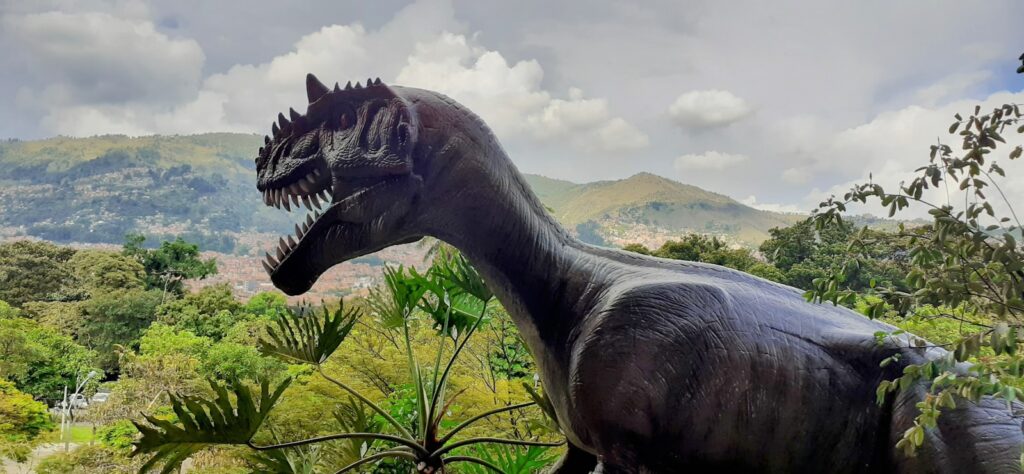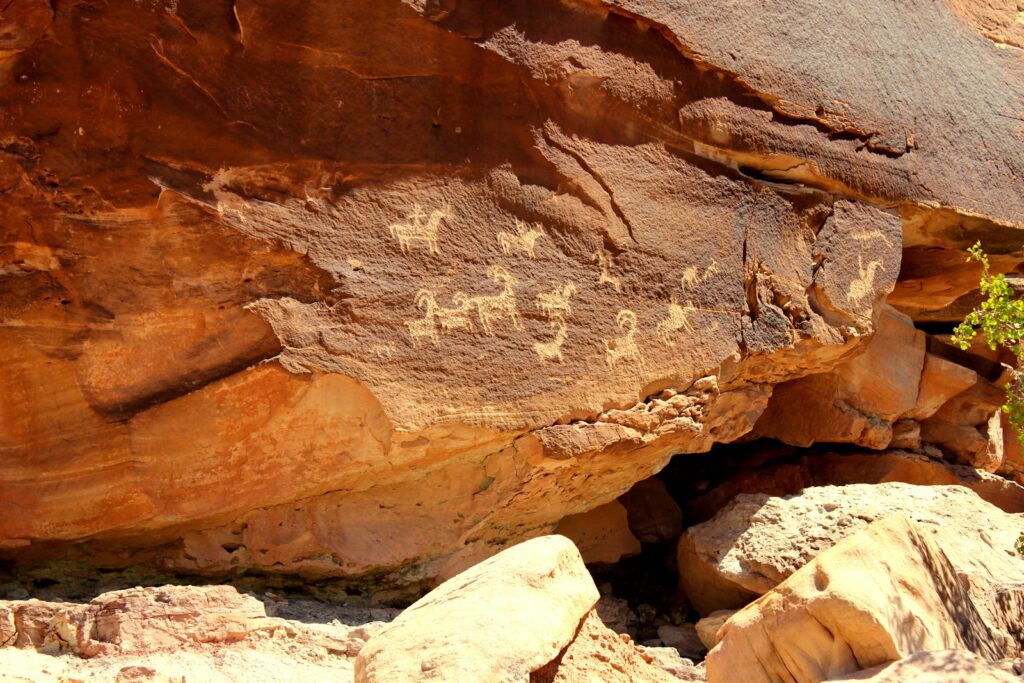Imagine looking up at the sky and seeing a shadow the size of a small airplane gliding overhead. Not a machine, but a living creature with wings that could span a school bus. This wasn’t science fiction – it was reality 68 million years ago when Quetzalcoatlus ruled the ancient skies of North America. This colossal pterosaur makes today’s largest flying birds look like sparrows in comparison, representing one of evolution’s most extraordinary achievements in aerial mastery.
The Titan of the Mesozoic Skies

Quetzalcoatlus northropi stands as the undisputed giant of prehistoric aviation, with a wingspan that could reach an astounding 35 feet from tip to tip. To put this in perspective, that’s larger than many fighter jets and nearly three times the wingspan of the largest living bird, the wandering albatross. The sheer scale of this creature challenges our understanding of what’s physically possible for a flying animal.
This magnificent pterosaur belonged to the azhdarchid family, a group known for their enormous size and terrestrial hunting habits. Unlike the fish-eating pterosaurs that dominated earlier periods, Quetzalcoatlus represented a completely different approach to prehistoric flight. Its massive frame carried it across vast distances, making it one of the most successful long-distance travelers of the Cretaceous period.
Discovering the Sky King
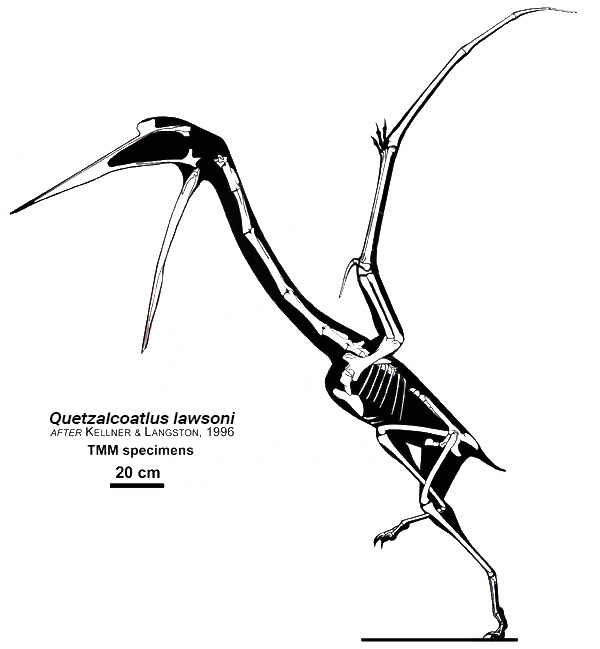
The story of Quetzalcoatlus began in 1971 when geology graduate student Douglas Lawson stumbled upon fossilized wing bones in Big Bend National Park, Texas. What he initially thought might be the remains of a large dinosaur turned out to be something far more extraordinary. The bones belonged to a flying reptile of unprecedented size, revolutionizing our understanding of prehistoric flight.
Named after the Aztec feathered serpent god Quetzalcoatl, this discovery sent shockwaves through the paleontological community. The species name “northropi” honors Jack Northrop, the aviation pioneer who designed flying wing aircraft. This naming choice perfectly captures the creature’s significance as nature’s ultimate flying machine.
Built for the Sky
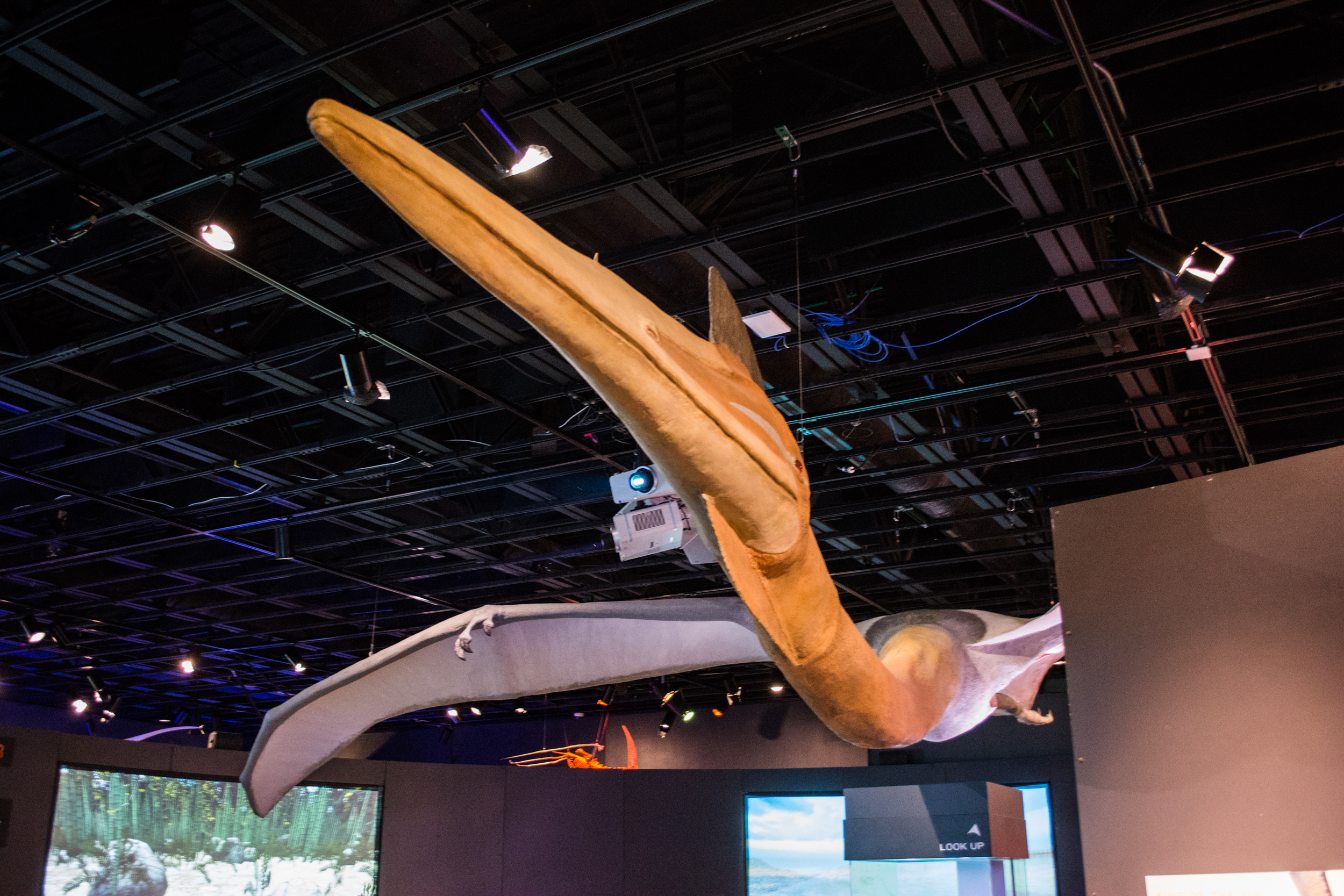
The anatomy of Quetzalcoatlus reveals a masterpiece of evolutionary engineering designed specifically for flight. Its bones were hollow and incredibly lightweight, similar to modern birds but taken to an extreme. The creature’s entire skeletal structure was a delicate balance between strength and weight, allowing it to achieve lift despite its massive size.
The most striking feature was its elongated neck, which could stretch up to 10 feet in length. This serpentine appendage was supported by incredibly strong muscles and vertebrae, allowing the creature to strike at prey with lightning speed. Its skull alone measured nearly 10 feet long, housing a brain that was surprisingly large for a reptile, suggesting advanced cognitive abilities necessary for complex flight maneuvers.
The wings themselves were marvels of natural engineering, supported by a single enormously elongated finger bone. This unique pterosaur wing design was completely different from bird wings, using a stretched membrane of skin and muscle rather than feathers to generate lift.
The Physics of Giant Flight
How could something so massive actually fly? This question has puzzled scientists for decades and challenged our understanding of aerodynamics. Recent studies suggest that Quetzalcoatlus weighed between 440 to 550 pounds, pushing the absolute limits of what’s theoretically possible for powered flight. The key lay in their incredibly efficient wing design and unique takeoff strategy.
Unlike birds that need a running start, Quetzalcoatlus likely used a quadrupedal launch technique, pushing off powerfully with all four limbs to achieve initial lift. Once airborne, these giants were probably masterful gliders, using thermal updrafts and air currents to soar for hours with minimal energy expenditure. Their flight style would have been more similar to modern sailplanes than flapping birds.
Hunting from Above
Quetzalcoatlus was fundamentally different from its fish-eating relatives, adapting instead to hunt on land. Its long, pointed beak was perfectly designed for striking down at prey from above, much like a modern-day heron but on a dramatically larger scale. The creature’s exceptional eyesight allowed it to spot potential meals from incredible heights.
Evidence suggests these giants primarily hunted small dinosaurs, early mammals, and other vertebrates that inhabited the coastal plains of ancient North America. Their hunting strategy likely involved soaring high above the landscape, using their keen vision to identify prey, then swooping down for a precise strike. The element of surprise was crucial, as their massive size made them relatively slow in direct pursuit.
Some researchers believe Quetzalcoatlus may have also scavenged carrion, using its size to intimidate smaller predators away from carcasses. This behavioral flexibility would have been essential for survival in the competitive ecosystem of the late Cretaceous period.
Life in the Late Cretaceous
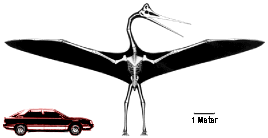
The world of Quetzalcoatlus was dramatically different from today’s Earth. During the late Cretaceous period, 68 million years ago, North America was bisected by a vast inland sea, creating a warm, humid environment perfect for supporting giant flying reptiles. This Western Interior Seaway provided the thermal updrafts and air currents that made long-distance flight possible for such massive creatures.
The landscape was dominated by early flowering plants and conifers, with no grass covering the ground. Instead, ferns and cycads created a prehistoric carpet beneath towering trees. This environment supported a diverse array of dinosaurs, from massive sauropods to fearsome tyrannosaurs, all of which lived under the shadow of these aerial giants.
Climate conditions were ideal for Quetzalcoatlus, with global temperatures significantly warmer than today. The absence of polar ice caps meant that thermal dynamics were more consistent, providing reliable air currents for soaring flight across vast distances.
Social Behavior and Intelligence
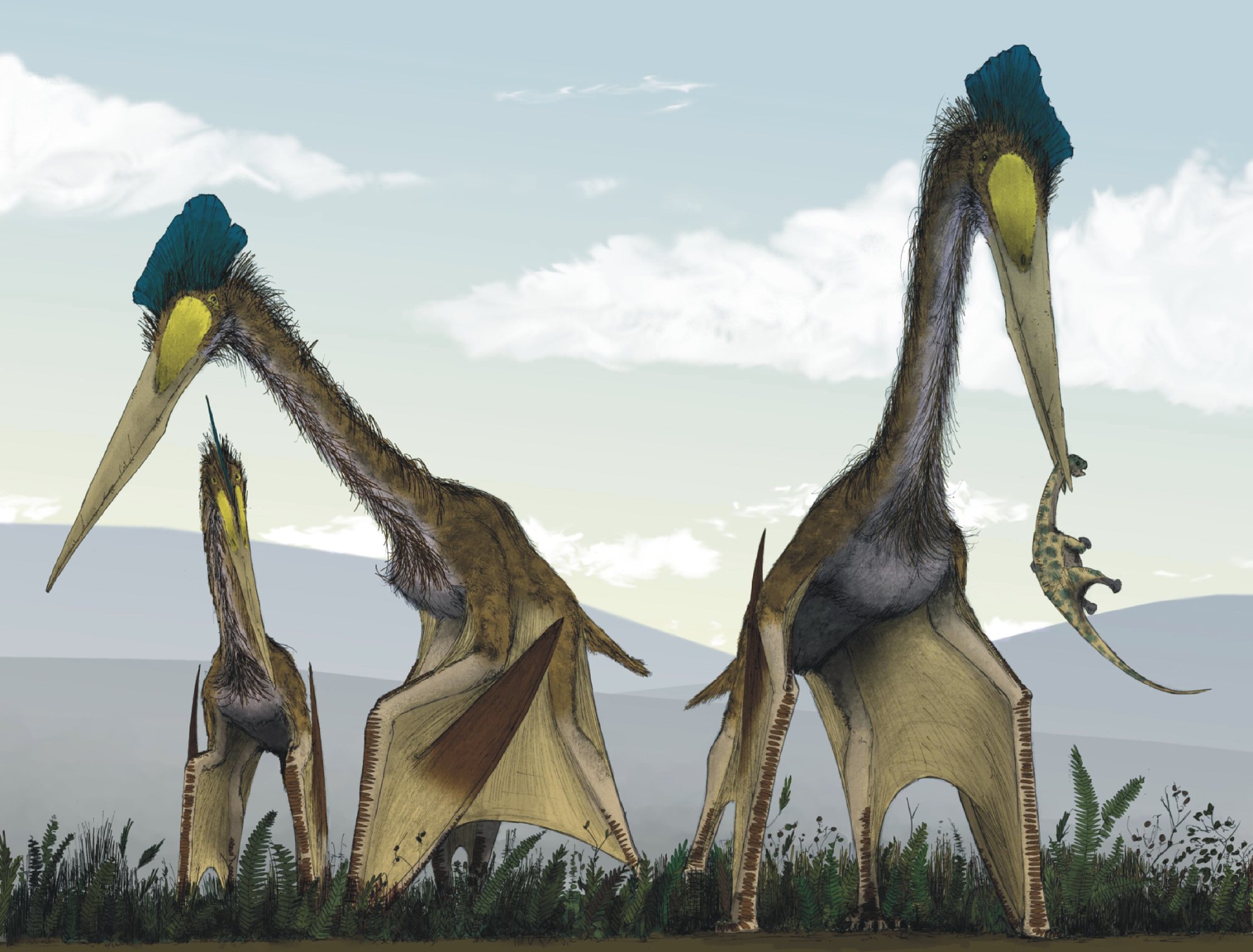
Recent fossil evidence suggests that Quetzalcoatlus may have been more social than previously thought. Discoveries of multiple individuals in the same geological formations hint at possible flocking behavior or seasonal gathering sites. This social aspect challenges the traditional view of pterosaurs as solitary creatures.
The large brain size relative to body mass indicates that these creatures possessed sophisticated cognitive abilities. They likely needed advanced spatial awareness and memory to navigate across vast territories and remember productive hunting grounds. Their intelligence may have rivaled that of modern birds, enabling complex behaviors and problem-solving abilities.
Communication between individuals probably involved visual displays, given their keen eyesight and impressive size. The sight of multiple Quetzalcoatlus soaring together would have been one of nature’s most spectacular displays, visible from miles away.
Reproduction and Life Cycle
Like all pterosaurs, Quetzalcoatlus laid eggs, though no complete nests have been discovered for this species. Based on related pterosaur fossils, their eggs were likely leathery and relatively small compared to the adult’s size, similar to modern reptiles. The young probably hatched with the ability to fly almost immediately, a trait called being “superprecocial.”
Juvenile Quetzalcoatlus faced incredible challenges in reaching adulthood. They had to master the complex aerodynamics of flight while avoiding predators and competing for food resources. The growth rate from hatchling to adult was probably rapid, with individuals reaching near-adult size within just a few years.
Parental care, if it existed, was likely minimal. Young pterosaurs were essentially on their own from hatching, relying on instinct and rapid learning to survive. This harsh reality meant that only the most capable individuals survived to reproductive age.
The Engineering Marvel of Pterosaur Wings
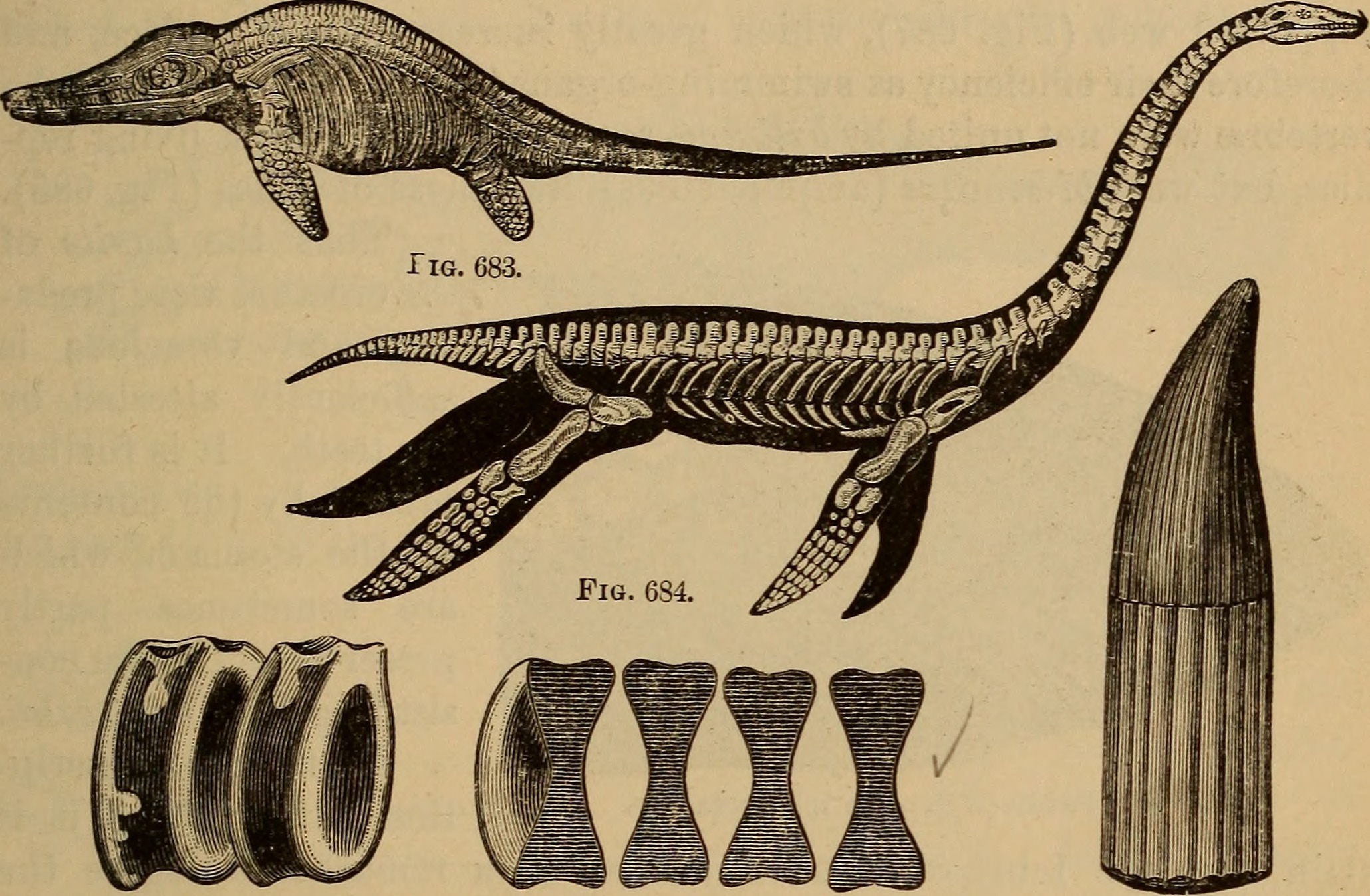
The wing structure of Quetzalcoatlus represents one of evolution’s most ingenious solutions to the challenge of flight. Unlike bird wings, which use feathers attached to the arm bones, pterosaur wings consisted of a single membrane stretched between the body and an enormously elongated fourth finger. This design created a wing that was both incredibly strong and remarkably flexible.
The wing membrane itself was a complex structure containing muscle fibers, blood vessels, and even primitive sensors that could detect air pressure changes. This biological feedback system allowed Quetzalcoatlus to make split-second adjustments to wing shape and position, optimizing lift and control in changing wind conditions.
Recent studies using advanced imaging techniques have revealed that the wing membrane had a sophisticated internal structure with strengthening fibers running in multiple directions. This biological composite material was stronger than anything humans could engineer until the development of modern carbon fiber technology.
Fossil Evidence and Scientific Debates
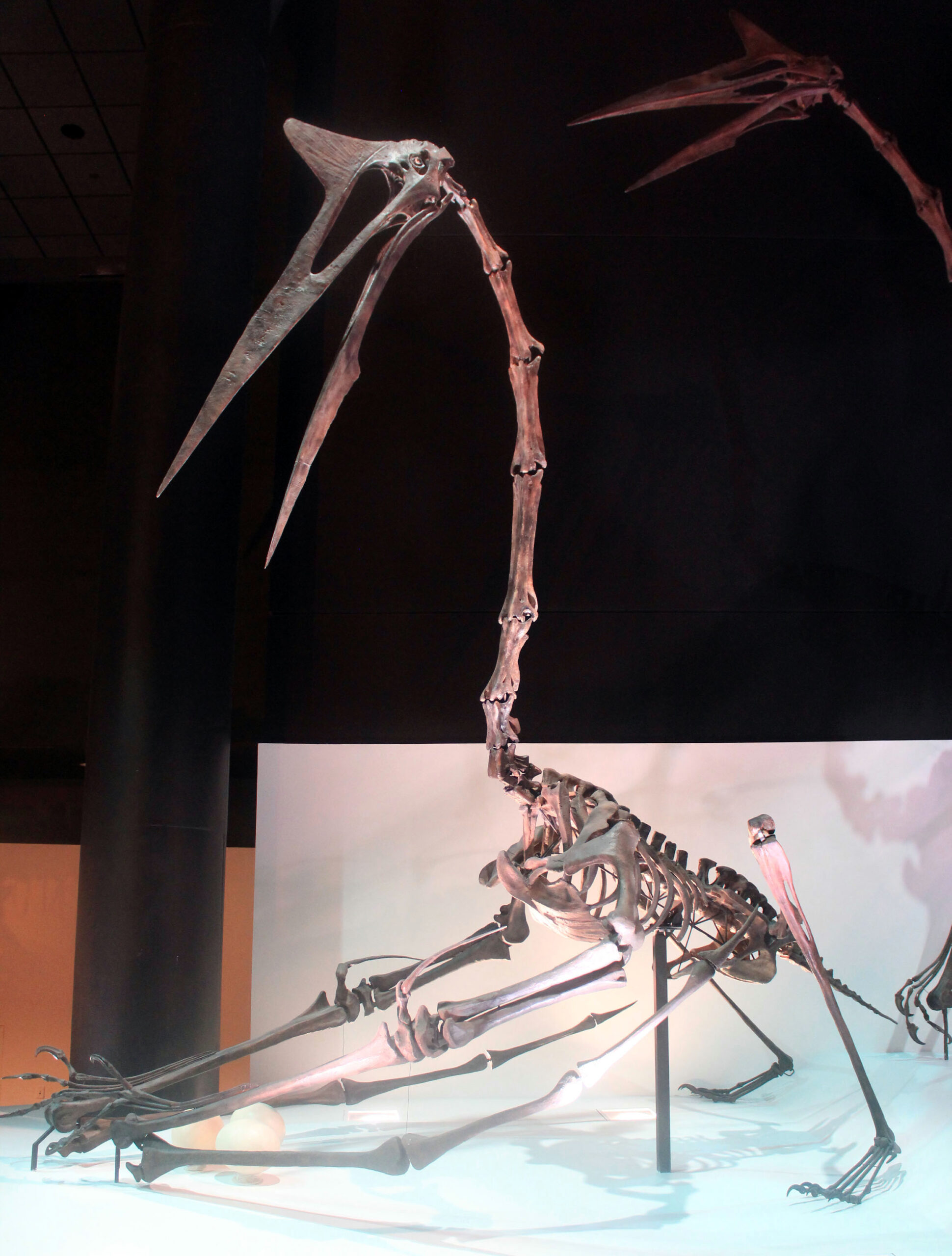
The fossil record of Quetzalcoatlus remains frustratingly incomplete, with most specimens consisting of fragmentary wing bones and vertebrae. This scarcity has led to ongoing scientific debates about the creature’s exact size, weight, and capabilities. Some researchers argue for even larger wingspans, while others suggest more conservative estimates.
New discoveries continue to refine our understanding of these giants. Recent finds in Romania and other locations have provided additional azhdarchid specimens that help fill gaps in our knowledge. Each new fossil piece adds to the puzzle of how these incredible creatures lived and flew.
The debate over flight capabilities remains particularly intense. While most scientists agree that Quetzalcoatlus could fly, questions persist about takeoff methods, flight duration, and maximum altitude. These discussions drive ongoing research and continue to reveal new insights about prehistoric flight.
Extinction and Legacy
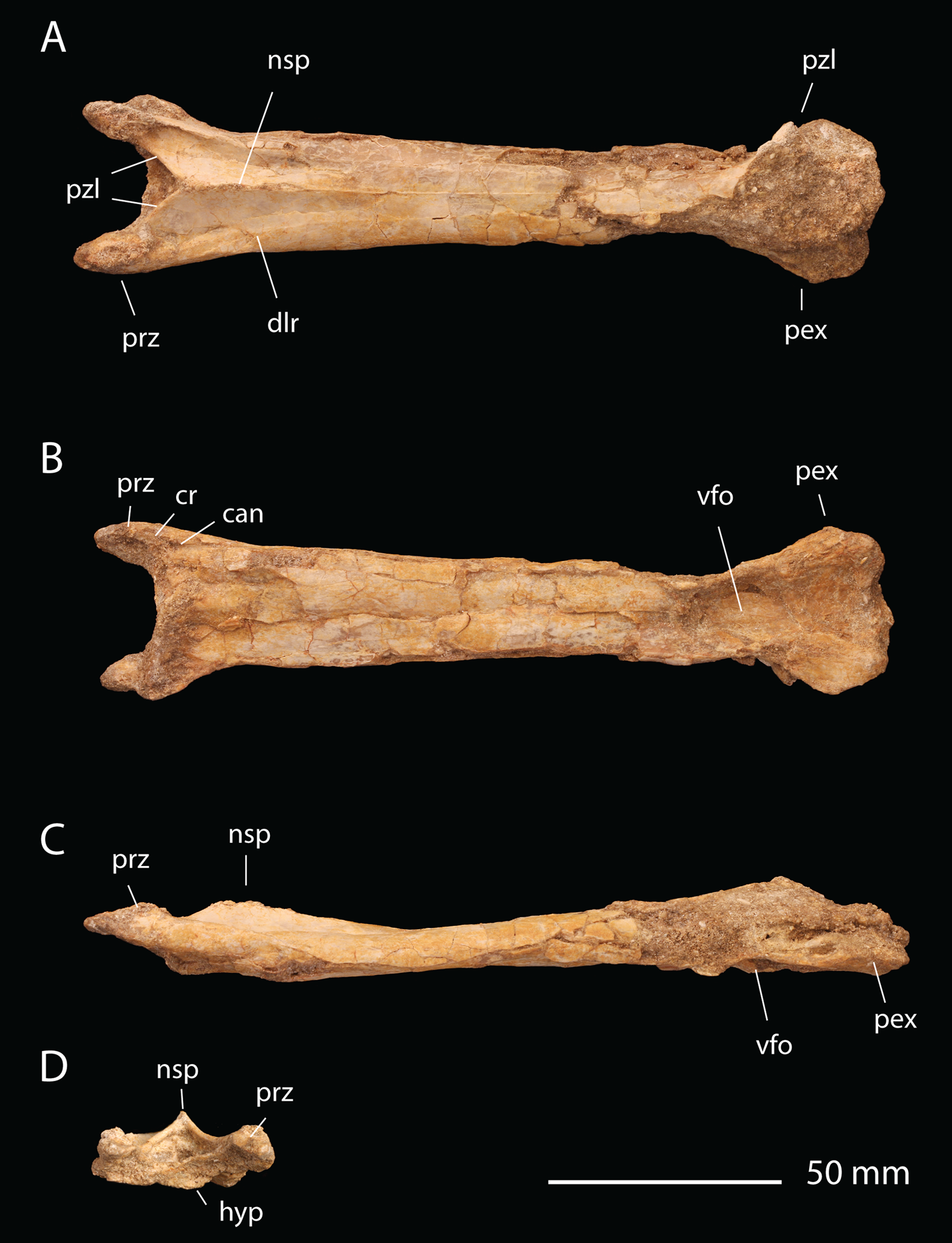
Quetzalcoatlus vanished from the skies along with all other non-avian dinosaurs during the mass extinction event 66 million years ago. The asteroid impact that ended the Cretaceous period created conditions that were particularly devastating for large flying animals. The resulting climate chaos, reduced food availability, and environmental destruction made survival impossible for these aerial giants.
The extinction of Quetzalcoatlus marked the end of an era in Earth’s history. Never again would such massive creatures dominate the skies, as the ecological niches they occupied were gradually filled by birds and bats. Their disappearance represents one of evolution’s greatest losses, eliminating a unique form of life that had perfected flight on a scale never seen before or since.
Today, their legacy lives on in the continued study of flight mechanics and the inspiration they provide for human aviation design. Understanding how these creatures achieved powered flight at such massive scales continues to influence modern aircraft development and our appreciation for the diversity of life on Earth.
Modern Comparisons and Insights
To truly appreciate the magnificence of Quetzalcoatlus, we must compare it to today’s largest flying animals. The wandering albatross, with its 12-foot wingspan, seems tiny in comparison. Even the largest flying birds that ever lived, like the extinct Argentavis, pale next to these pterosaur giants.
Modern aircraft design has actually borrowed concepts from pterosaur flight mechanics. The flexible wing design of some experimental aircraft mirrors the adaptable membrane wings of Quetzalcoatlus. Engineers study fossilized wing structures to understand how natural selection optimized flight efficiency over millions of years.
The closest modern analogy to Quetzalcoatlus might be large sailplanes or gliders, which similarly rely on thermal updrafts and efficient wing design to stay aloft with minimal energy expenditure. However, no human-made aircraft has achieved the perfect balance of size, weight, and flight capability that these ancient giants possessed.
The Science of Discovering Giants

Paleontologists face unique challenges when studying Quetzalcoatlus fossils. The delicate, hollow bones that made flight possible also made fossilization extremely difficult. Most specimens are incomplete, requiring scientists to make educated reconstructions based on related species and biomechanical principles.
Advanced technologies like CT scanning and 3D modeling have revolutionized our understanding of these creatures. Scientists can now peer inside fossilized bones to study their internal structure without damaging precious specimens. Computer simulations help test theories about flight mechanics and behavior patterns.
The discovery process itself continues to evolve, with new sites in Morocco, Brazil, and other locations yielding fresh insights. Each new find has the potential to dramatically change our understanding of these magnificent creatures and their place in prehistoric ecosystems.
Conservation Lessons from the Past
The story of Quetzalcoatlus offers sobering lessons about extinction and environmental change. These perfectly adapted giants couldn’t survive the rapid environmental changes that followed the asteroid impact. Their extinction reminds us how quickly even the most successful species can disappear when faced with catastrophic environmental shifts.
Today’s large flying animals face similar pressures from habitat loss, climate change, and human activities. The California condor, Andean condor, and other large birds represent the modern equivalents of these ancient giants, struggling to survive in a rapidly changing world. Understanding what happened to Quetzalcoatlus helps us appreciate the fragility of even the most impressive creatures.
The detailed study of these extinct giants also highlights the importance of preserving fossil sites and supporting paleontological research. Each discovery adds to our understanding of life’s history and the factors that drive both evolution and extinction.
The reign of Quetzalcoatlus represents one of evolution’s most audacious experiments in flight. These magnificent creatures pushed the boundaries of what seemed physically possible, achieving aerial mastery on a scale that remains unmatched in Earth’s history. Their story connects us to a time when giants truly ruled the skies, reminding us that our planet once hosted forms of life that seem almost mythical today.
From their revolutionary wing design to their sophisticated hunting strategies, Quetzalcoatlus embodied the pinnacle of prehistoric flight technology. They succeeded where modern engineering still struggles, achieving efficient powered flight at massive scales through millions of years of natural selection and refinement.
The legacy of these sky titans continues to inspire scientists, engineers, and anyone who has ever dreamed of flight. As we uncover more about their remarkable lives through ongoing research and fossil discoveries, we gain deeper appreciation for the incredible diversity of life that has called Earth home. What other secrets about these magnificent creatures are still waiting to be discovered in the rocks beneath our feet?

